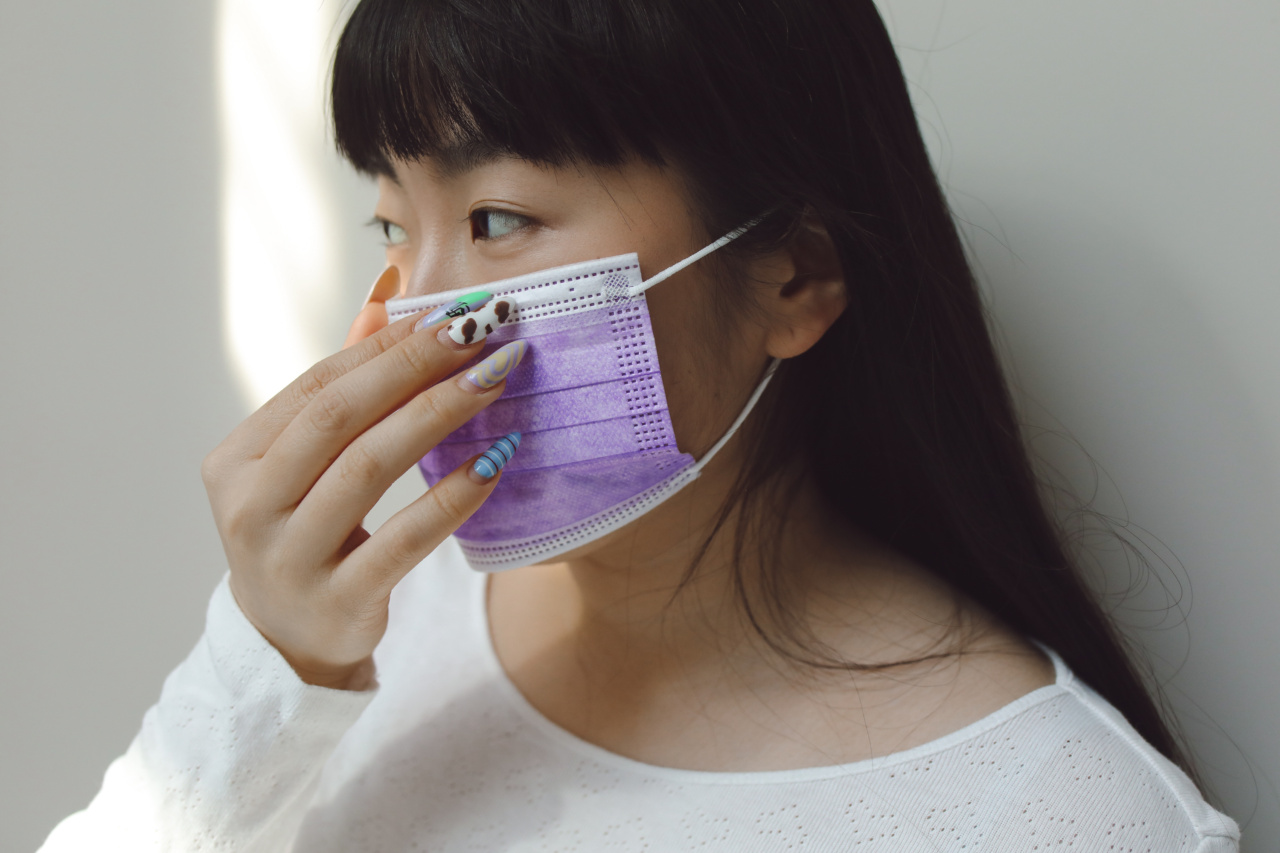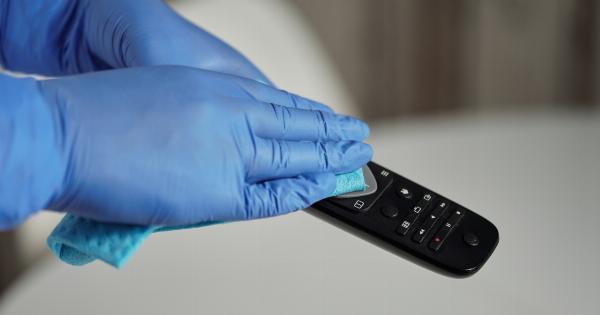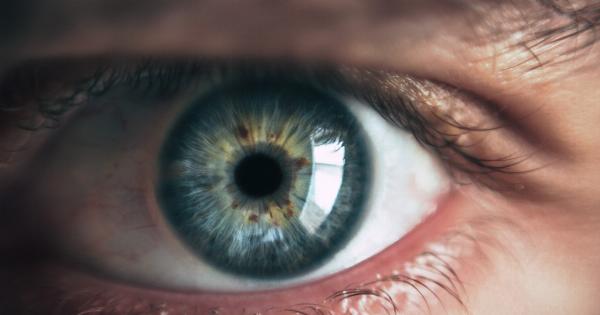Contact lenses are convenient and easy to use, but they require careful handling and maintenance to prevent infections and other eye problems.
One common condition associated with contact lens use is keratitis, an inflammation of the cornea that can cause discomfort, redness, and sensitivity to light. To protect your eyes from keratitis and other complications, follow these guidelines when wearing and caring for your contact lenses.
1. Choose the right type of contact lenses for your needs
There are many types of contact lenses available, including soft and rigid gas-permeable lenses. Soft lenses are more comfortable and easier to adapt to, but they are also more prone to tears and infections.
Rigid lenses are more durable and provide better visual acuity, but they may take longer to adjust to and may cause discomfort for some wearers. Depending on your eyesight, lifestyle, and budget, your eye doctor can recommend the best type of contact lenses for your needs.
2. Clean and disinfect your lenses daily
Proper hygiene is crucial for preventing infections and other eye problems. Always wash your hands with soap and water before handling your contact lenses, and avoid touching your eyes or lenses with dirty or contaminated hands.
Use a contact lens solution recommended by your eye doctor to clean and disinfect your lenses. Never use water or saliva to clean your lenses, as these substances can contain bacteria and other harmful microorganisms.
3. Replace your lenses as directed
Contact lenses have a limited lifespan and should be replaced as directed by your eye doctor. Depending on the type of lenses and your individual needs, you may need to replace your lenses every day, every two weeks, or every month.
Using expired or damaged lenses can increase your risk of infections, corneal ulcers, and other eye problems.
4. Avoid wearing lenses for extended periods
Wearing contact lenses for extended periods, such as overnight or for several days without removal, can increase your risk of corneal infections and other complications.
Always remove your lenses before going to bed, and avoid wearing lenses for more than the recommended wear time. If you experience discomfort, redness, or other eye symptoms, remove your lenses immediately and contact your eye doctor for advice.
5. Protect your eyes from environmental factors
Environmental factors such as dust, smoke, wind, and UV rays can irritate your eyes and increase your risk of infections and other eye problems.
When wearing contact lenses, it’s important to protect your eyes from these factors by wearing sunglasses, avoiding dusty or smoky environments, and using protective eyewear when playing sports or engaging in other activities that may expose your eyes to injury or irritation.
6. See your eye doctor regularly
Regular eye exams are essential for maintaining healthy eyes and preventing vision problems. See your eye doctor at least once a year, or as recommended based on your individual needs.
During your exam, your eye doctor will check your vision, evaluate your eye health, and provide guidance on how to care for your contact lenses and protect your eyes from infections and other complications.
7. Know the signs of keratitis and other eye problems
Even with proper care and maintenance, contact lens wearers may still experience eye problems such as keratitis, corneal ulcers, and conjunctivitis.
Know the signs and symptoms of these conditions, such as redness, pain, sensitivity to light, discharge, and blurred vision. If you experience any of these symptoms, remove your lenses immediately and contact your eye doctor for advice.
Conclusion
Contact lenses can provide clear vision and greater convenience, but they require careful handling and maintenance to prevent infections and other eye problems.
By following these guidelines and seeking regular eye care, you can enjoy the benefits of contact lens wear while protecting your eyes from keratitis and other complications.




























